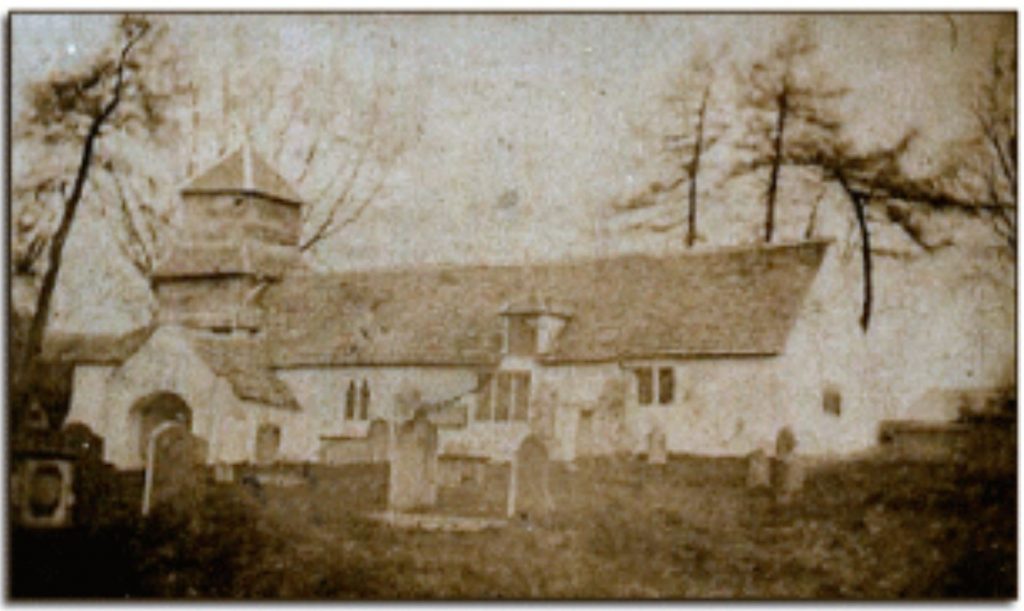History
The village of Norton grew up around the post-conquest castle and it is likely that the church was established at the same time. A church is recorded at this site as far back as 1291. The former church of St Andrews is a Grade II* listed building and is a virtually complete example of the rural work of Sir George Gilbert Scott’s office. Whilst the church does retain significant mediaeval fabric, the consistency and coherence of its restoration makes it a remarkably clear statement of Ecclesiological principles. The original medieval church was restored by Sir Gilbert Scott in 1868. The extensive renovation was carried out under the patronage of Sir Richard Green Price who had inherited the manor of Norton in 1861. Scott retained much of the fabric of the medieval church, but added transepts, vestry and a short spire which transformed the external appearance of the building. The internal remodelling included the removal of a west gallery, installation of open seating and a new division of nave, chancel and sanctuary.

Pre-restoration Photo [Image courtesy of Richard Haslam: Historic Churches]
The appearance of the building is Victorian gothic revival, although pre-Victorian fabric was retained in the restoration. The fabric is rubble stone with freestone dressing and clay tiled roofs, hipped at a lower pitch at the west and at the base of the belfry. There are stone coped gables to the east gable end and the transepts. There is a two-tiered timber framed belfry to the west end, boarded externally with shingles to intermediate roofs. The shingled brooch spire was introduced by Scott to replace the earlier pyramidal cap. Much of the masonry is mediaeval although Scott added buttresses and refaced the chancel. The transepts are distinguished by more regular coursing and the presence of a continuous string course. The porch is a Victorian coped gable end with a chamfered arch sprung from corbels to the entrance, the simple round headed arch into the nave survives from the mediaeval church.

Appearance of St Andrew after Sir George Gilbert Scott’s restoration
